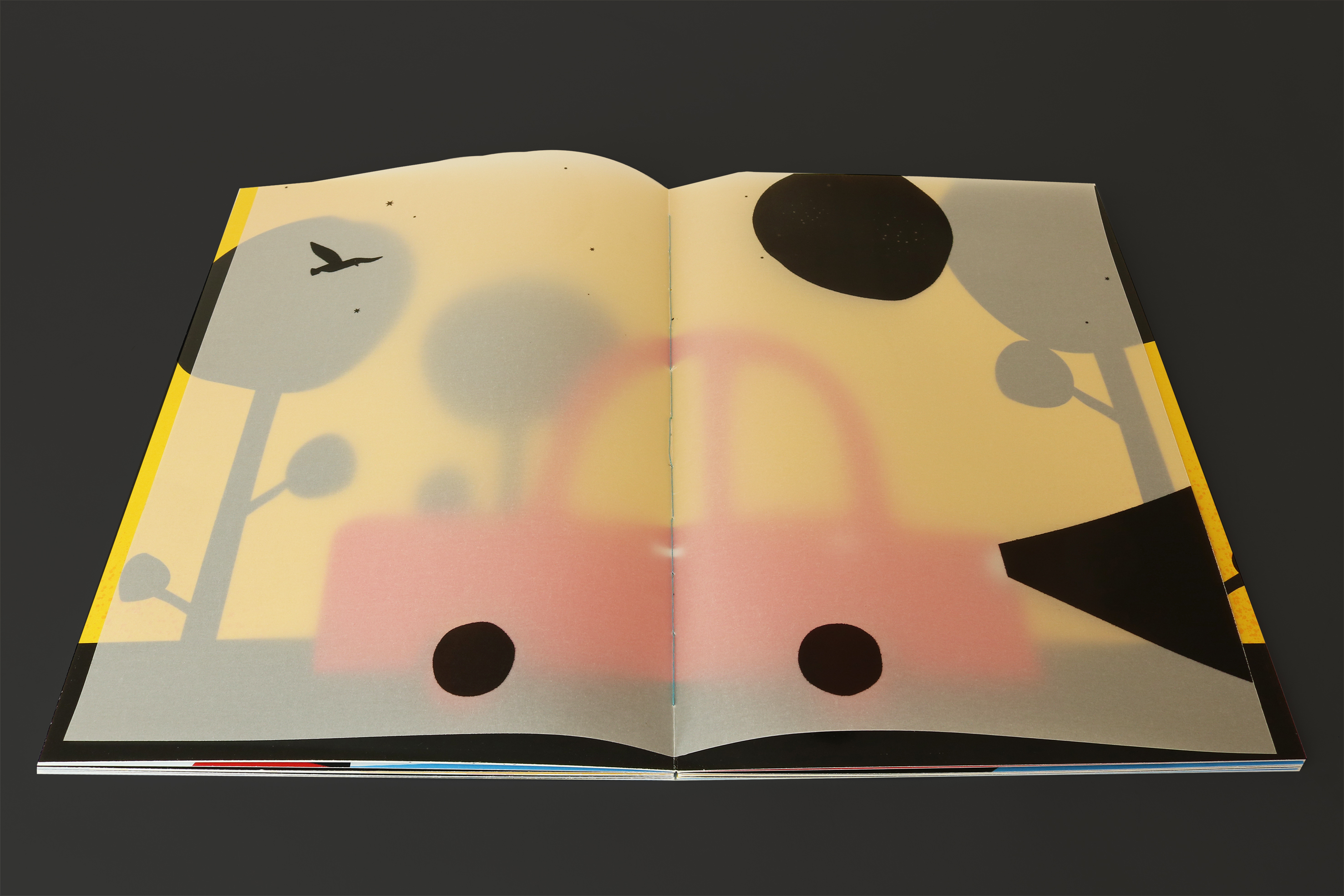This design study determines how an innovative approach on teaching math for preschoolers by means of graphic design — illustrative and typographic design — can contribute to unconventional methods for urgent educational mathematical needs.
Starting from existing research in educational children’s pictures books, this design study built further upon how to innovate in a designerly way but also, more specifically the intended theory about math behind it.
On top the new design should have the potential to be more effective, appealing and evenhow to awake more curiosity by means of different narratives. In this design study the presented series of picture books offer fresh insights and a more functional approach to innovative design due to the determination of a specific illustrative style, the use of tactility and interactivity, the harmonized use of illustration and typography and by the use of spot colours in a strictscheme to make colour meaningful.
By implementing informal mathematical knowledge into picture books, children experience an early introduction to math, which they later will benefit from. The series of books form a bridge between preschool and primary education, a tool to introduce an innovative approach to materials based on the transformation of traditional graphic design, book design and layout.
This way the book design contributes to a deeper understanding and insight in the (design) research field, in reference to unconventional methods based on research parameters) for children and educators.






